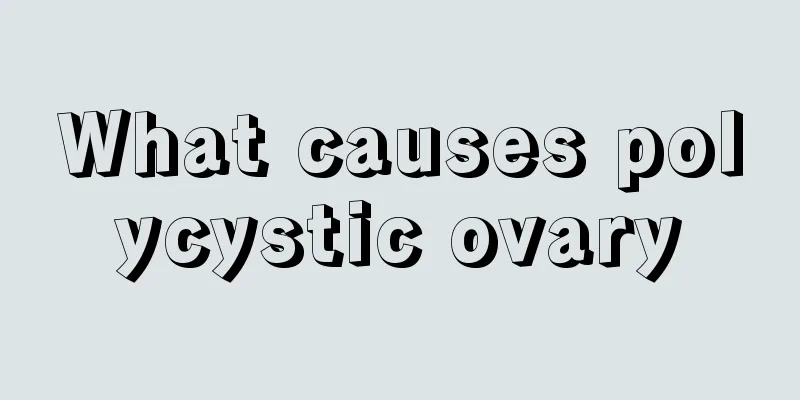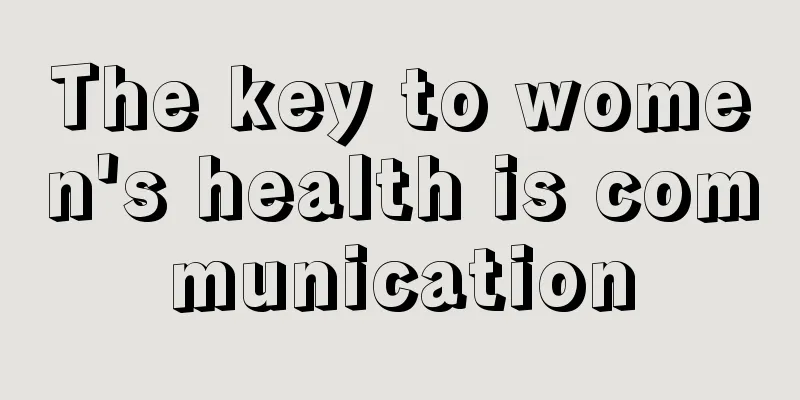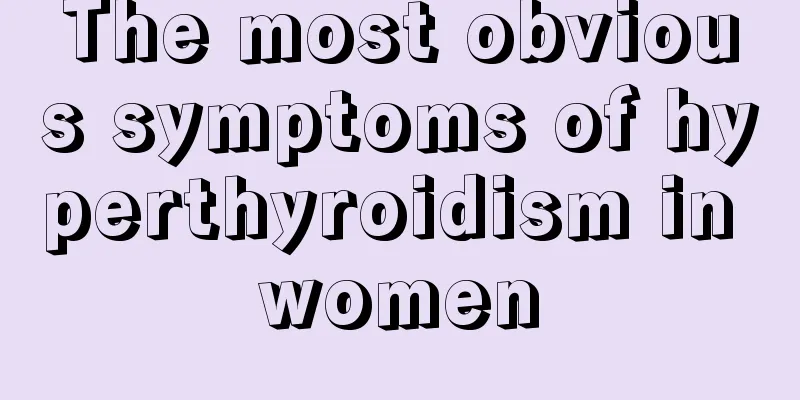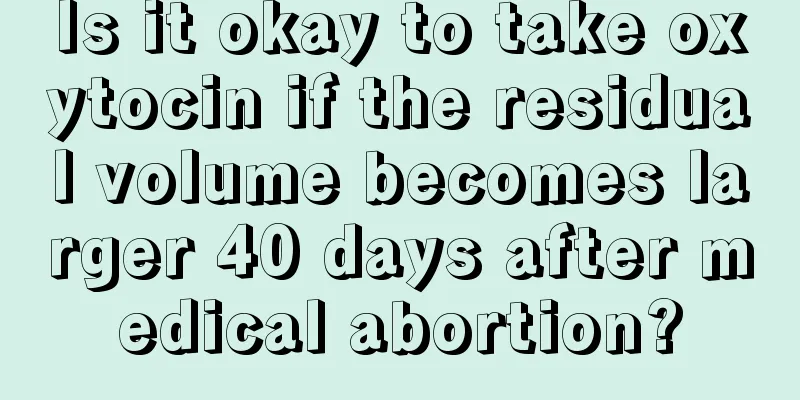What causes polycystic ovary

|
Polycystic ovary problem is the most common problem affecting female fertility. The causes of polycystic ovary include adrenal dysfunction, insulin resistance, and abnormal regulation of the hypothalamus-pituitary-ovarian axis. 1. Abnormal adrenal function 50% of patients with polycystic ovary syndrome (PCOS) have elevated levels of dehydroepiandrosterone (DHEA) and dehydroepiandrosterone sulfate (DHEAS), which are related to increased activity of key enzymes that synthesize prostate hormones in the adrenal glands, as well as increased sensitivity and hyperfunction of adrenal cells to adrenocorticotropic hormone (ACTH). Hyperfunction of the adrenal cortex and excessive secretion of androgens can cause anovulation and symptoms similar to polycystic ovary. 2. Insulin resistance Insulin resistance and hyperinsulinemia Some patients with polycystic ovary syndrome (PCOS), especially obese patients, may show hyperinsulinemia and insulin resistance, suggesting that it is caused by insulin resistance. There are many causes of insulin resistance. In most cases, it is caused by disorders in the information conduction system after the insulin receptor. There may also be insulin receptor defects. Hyperinsulinemia can inhibit the synthesis of sex hormone binding globulin (SHBG) in the liver and increase free androgens in the body. Androgens can also increase LH secretion through the pituitary insulin receptors. 3. Abnormal regulation of the hypothalamus-pituitary-ovarian axis Because mental stress, drugs and certain diseases affect the endocrine function of the hypothalamus-pituitary gland, the pituitary gland is more sensitive to Gn-RH, secreting excessive LH and causing dysfunction of cytochrome in the ovaries, which serves as an androgen-forming enzyme, resulting in excessive androgen production by ovarian interstitial and theca cells. High androgen levels in the ovaries inhibit follicle maturation and cause atresia of developing follicles, making it impossible to form dominant follicles, resulting in interruption of the normal estrogen secretion pattern. However, many small follicles still secrete estrogen. Therefore, patients with polycystic ovary syndrome (PCOS) have both high androgen and high estrogen, but the excess androgen is dominant. |
<<: What foods to eat during menstruation to detoxify and nourish the skin
>>: What to do about vaginal dryness? Symptomatic treatment is needed
Recommend
How to use the gas stove correctly? How to prevent gas stove leakage
Gas stoves have brought great changes and improve...
Symptoms of cervical adhesions
There are many common diseases among women. To tr...
A prescription that doctors don't want to prescribe: the double-edged "weight loss drug" semaglutide
Summer is here, and many endocrinologists have pr...
Many people are using it to "prevent sudden death". Is it really effective to eat it after staying up late?
It has to be said that coenzyme Q10 is indeed ver...
Does CT have any effect on pregnancy?
I believe that everyone often worries about the h...
What are the symptoms before menstruation?
Menstruation can be said to be our good friend. F...
How to Surgery for Inverted Nipple
Inverted nipple is a disease that mainly occurs i...
If you don’t sleep properly, no matter how much you sleep, it’s all in vain! The pros and cons of different sleeping positions
Sleeping posture is very important for our physic...
Treatment of chyluria
Maybe all female friends have suffered from chylu...
7 months pregnant buttocks pain
Women should pay attention to rest during pregnan...
"Healthy by eating" series | Say no to "caramel face"! Eating this way can help you fight glycation scientifically
Do you often hear that eating too much sugar can ...
Why does my stomach feel tight at 38 weeks pregnant?
When the pregnancy reaches 38 weeks, it is alread...
How dirty are women's underwear?
We often hear people talk about how dirty women&#...
How harmful is it for women to hold their urine?
Women are already at a disadvantage in the workpl...
Will I get pregnant if I have sex 20 days after a medical abortion?
Artificial abortion is very common in people'...









